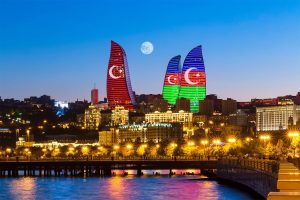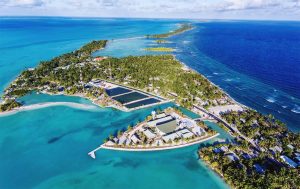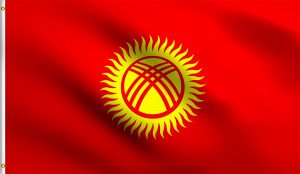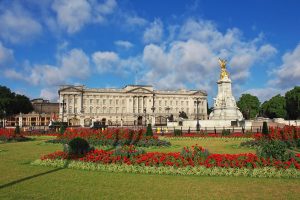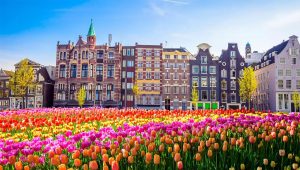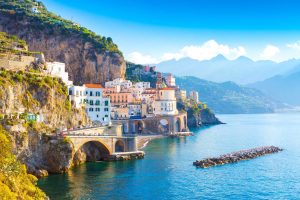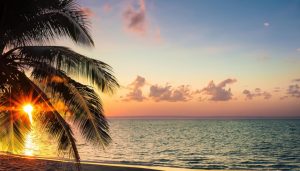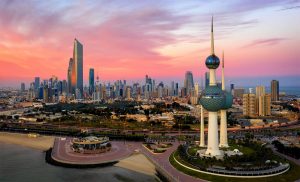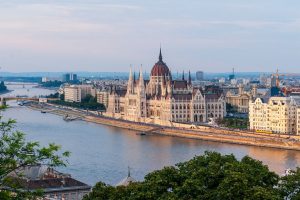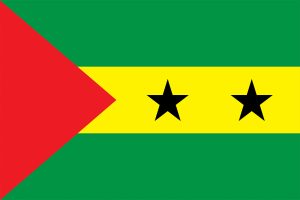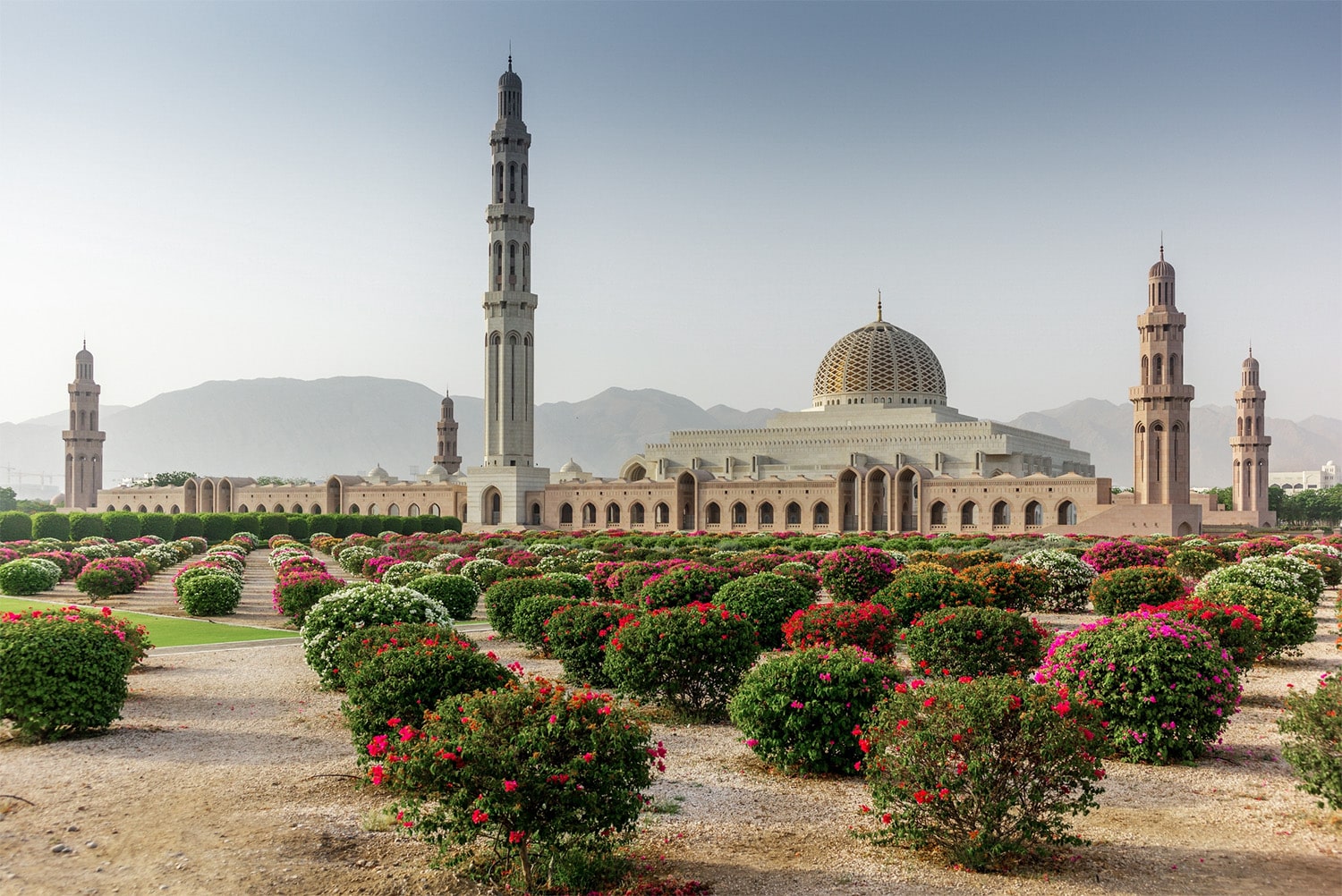
33 interesting facts about Oman
- 👁️ 2316
Oman, a nation on the Arabian Peninsula, has a landscape encompassing desert, riverbed oases, and long coastlines along the Arabian Sea and the Gulf of Oman. Known for its rich history dating back thousands of years, the country is a blend of ancient heritage and modernity. Oman is distinguished by its diverse geography, vibrant culture, and its open, hospitable people. Its capital, Muscat, with the majestic Al Jalali and Al Mirani forts standing guard at the entrance to the natural harbor, tells stories of a bygone era of traders and sailors. Here are 33 interesting and informative facts about Oman that showcase the unique aspects of its geography, culture, history, and more.
- Oman is the oldest independent state in the Arab world.
- It has been a sultanate since the 17th century.
- The official language of Oman is Arabic.
- Islam is the dominant religion, and the country is known for its tolerance and pluralistic society.
- Oman is renowned for its historic forts, with over 500 forts, castles, and towers.
- The Sultan Qaboos Grand Mosque in Muscat can accommodate up to 20,000 worshippers and houses one of the world’s largest handmade Persian rugs.
- The Omani calendar is based on the lunar cycle, similar to the Islamic Hijri calendar.
- Oman’s economy traditionally depended on fishing and agriculture.
- Today, oil exports are a significant source of revenue, though Oman has less oil compared to its neighbors.
- The country is making strides in tourism as part of its economic diversification strategy.
- The green turtle conservation in Ras al Jinz is a major tourist attraction, where visitors can watch turtles nesting at night.
- Oman is the only country in the world that is named after its founder, Sultan Oman bin Said.
- Frankincense, obtained from the Boswellia sacra tree, is a significant part of Omani culture and was once more valuable than gold.
- The Empty Quarter, or Rub’ al Khali, the largest contiguous sand desert in the world, extends into Oman.
- The traditional Omani dish is Shuwa, slow-cooked marinated lamb wrapped in banana leaves.
- Omanis traditionally wear the dishdasha, a long, ankle-length robe.
- The Khanjar, a curved dagger, is a national symbol of Oman and appears on the national flag.
- Omani men commonly wear a kumma, a type of embroidered cap, while women wear brightly colored dresses called abayas.
- Majlis al Jinn, located in a remote area of Oman, is one of the largest cave chambers in the world.
- Oman has a unique system of water channels called aflaj (singular: falaj), recognized by UNESCO, used for irrigation in mountain and desert areas.
- The Musandam Peninsula, separated from the rest of Oman by the United Arab Emirates, is known for its fjord-like craggy inlets and desolate mountainscapes.
- Oman’s maritime history is rich, with a tradition of shipbuilding and exploration.
- The country has a high literacy rate, with education being compulsory up until the end of elementary school.
- Oman is home to the Arabian Oryx Sanctuary, the first site in the world to be deleted from UNESCO’s World Heritage list.
- Nizwa, once the capital of Oman, is famous for its 17th-century fort and its iconic round tower.
- The Omani rial is one of the highest-valued currencies in the world.
- Oman maintains a policy of neutrality and refrains from involvement in regional conflicts, earning it the title of the “Switzerland of the Middle East.”
- The country has an absolute monarchy, with Sultan Haitham bin Tariq al Said currently reigning.
- Musandam is often referred to as the “Norway of Arabia” due to its dramatic fjord-like scenery.
- Date palms are a common sight in Oman, and the country is known for its high-quality dates.
- The annual Muscat Festival celebrates Omani culture, tradition, and heritage.
- Oman is one of the few places in the world where you can find the Moomin, a type of dolphin unique to the Arabian Gulf.
- Salalah, in southern Oman, experiences a monsoon season called Khareef, transforming the desert landscape into lush greenery.
Oman’s unique blend of ancient traditions and contemporary life, along with its diverse landscapes and commitment to preserving its natural and cultural heritage, makes it a fascinating country to explore. From the turtle beaches of Ras al Jinz to the bustling markets of Muscat and the serene beauty of the Musandam Peninsula, Oman offers a wealth of experiences for every traveler. Its history of maritime prowess, rich biodiversity, and the warm hospitality of its people add to the country’s allure. As Oman continues to bridge the gap between its storied past and its ambitious future, it remains a testament to the enduring spirit of its people and the timeless appeal of its landscapes. The country’s efforts to balance modernization with cultural preservation and its role as a peacemaker in the region are commendable. As more people discover the wonders of Oman, it stands poised to captivate the hearts of visitors from around the globe, inviting them to explore its mysteries and enjoy its hospitality. Whether it’s the ancient art of shipbuilding, the sacred tradition of frankincense, or the natural wonders of its deserts and coastlines, Oman offers a rich tapestry of experiences that reflect the depth and diversity of human and natural history.

